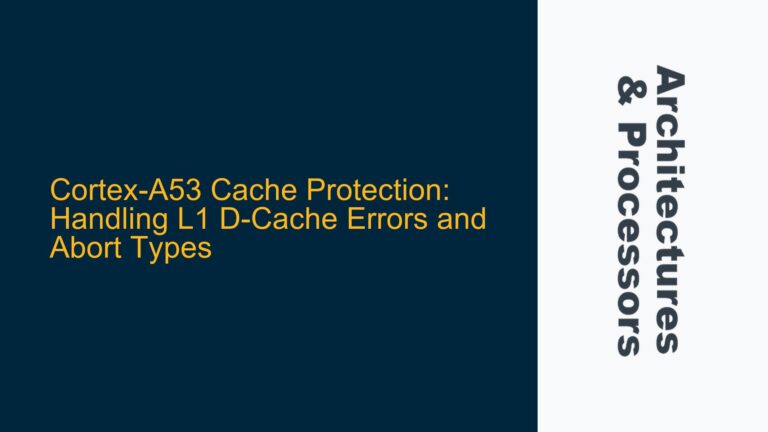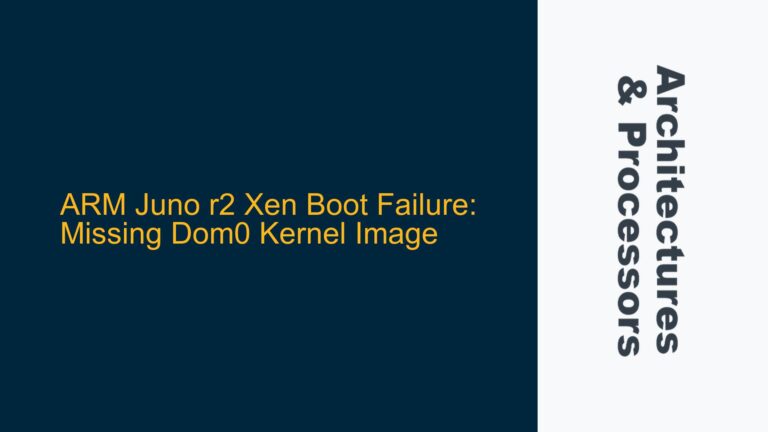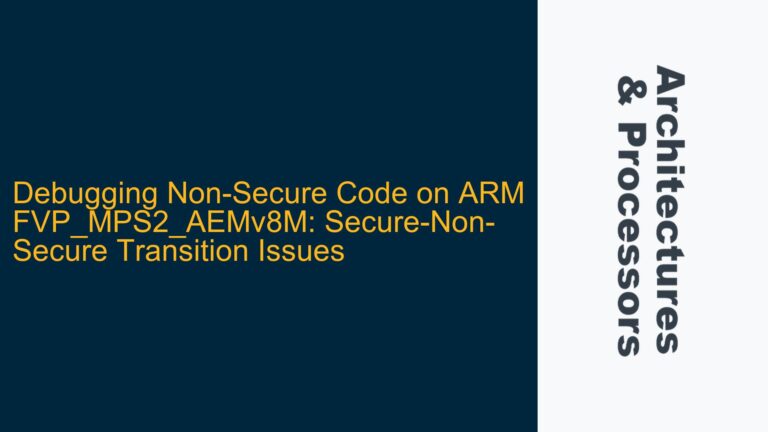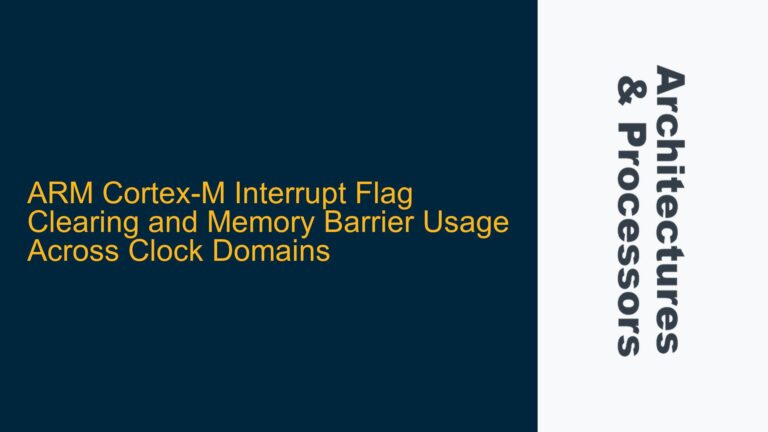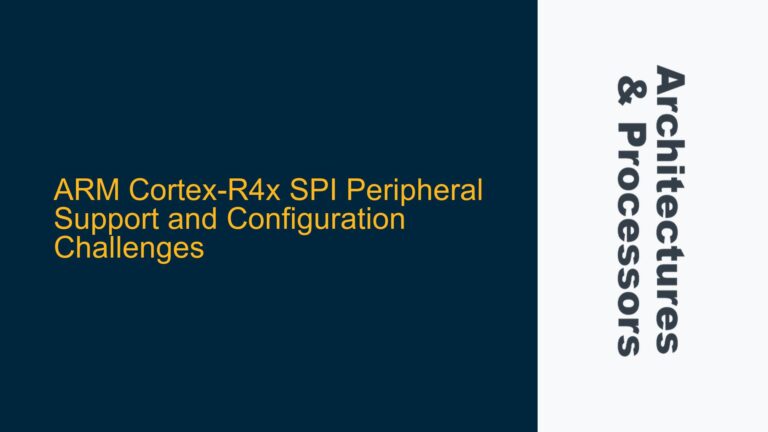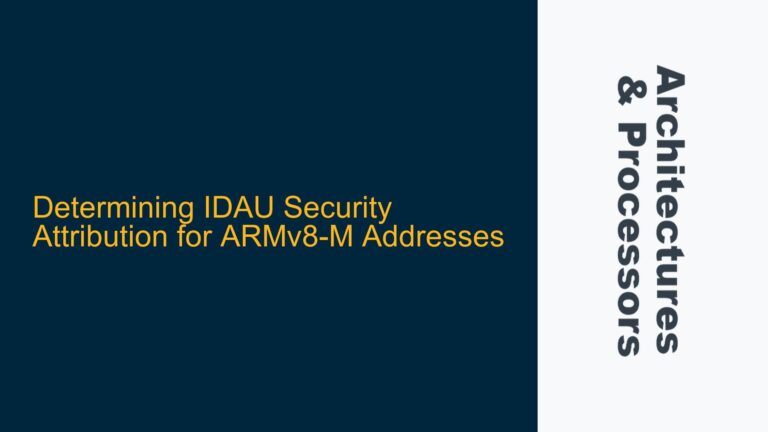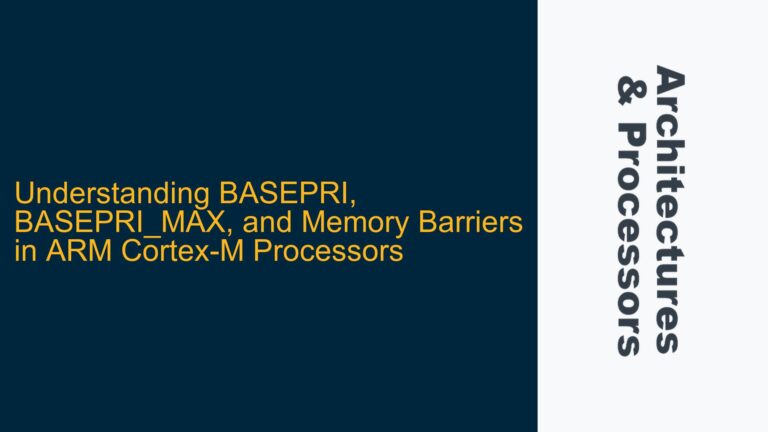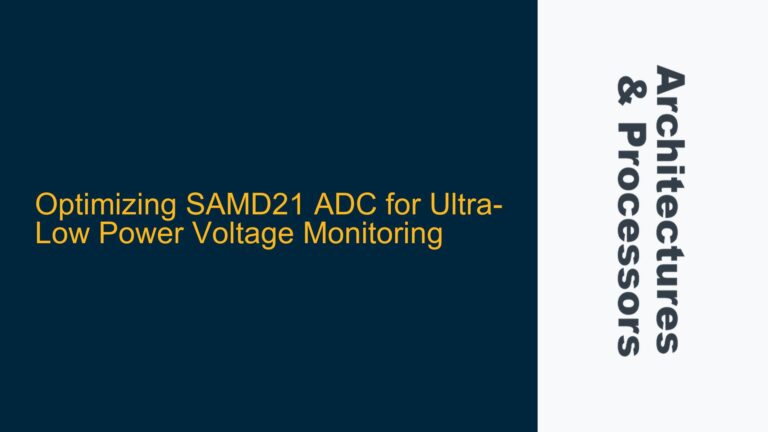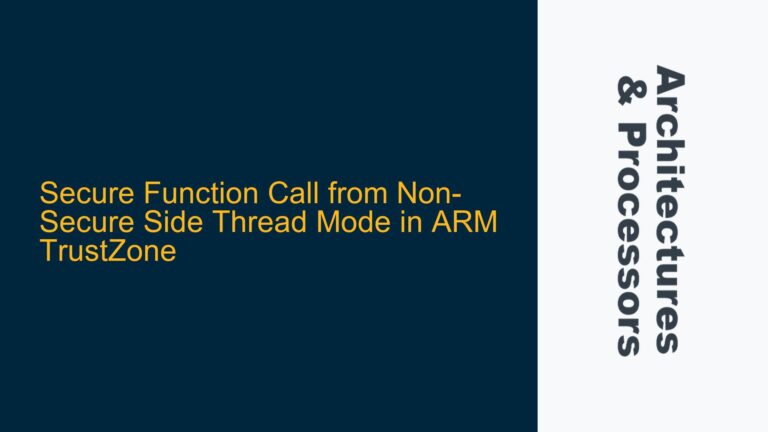Cortex-A53 Cache Protection: Handling L1 D-Cache Errors and Abort Types
L1 D-Cache Data and Dirty Error Reporting Mechanisms The Cortex-A53 processor, a widely used ARMv8-A architecture core, implements sophisticated cache error detection and correction mechanisms to ensure data integrity and system reliability. The L1 Data Cache (D-Cache) in the Cortex-A53 is particularly critical, as it directly interfaces with the processor’s load/store unit and is responsible…
